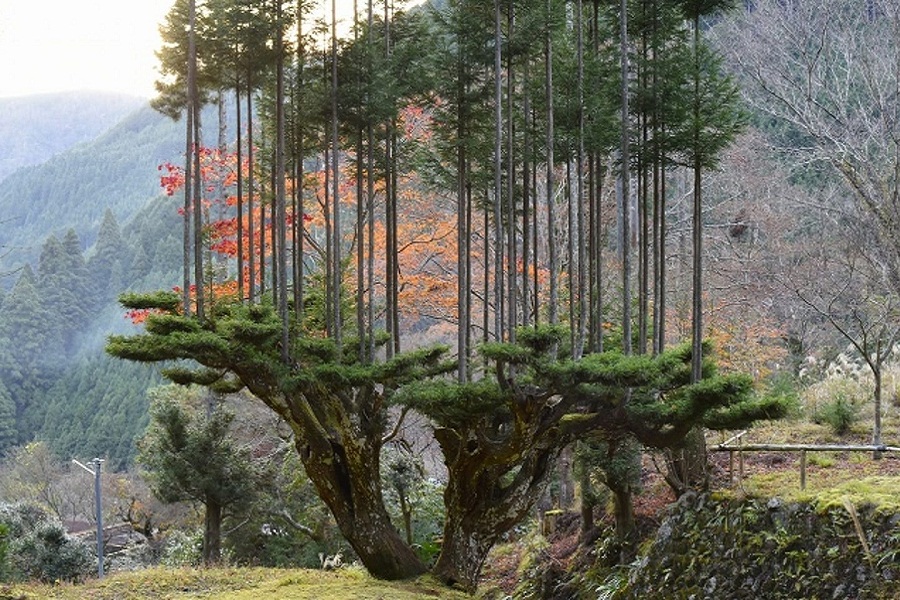
Published :
Updated :

For over 700 years, Japan has fostered a unique forestry practice called 'Daisugi' that exemplifies harmony with nature. Developed in the 14th century, Daisugi ensures a continuous supply of high-quality wood while preserving forest ecosystems for future generations.
Daisugi emerged out of necessity due to a scarcity of suitable saplings. This traditional method involves meticulous pruning of cedar trees to promote the growth of straight, knot-free lumber.
Shoots are hand-pruned every two years, leaving only the top branches untouched. This selective approach allows the trees to grow tall and strong.
The harvesting cycle for Daisugi trees is around 20 years, with careful tending throughout this period to maximize growth and lumber quality. Mature Daisugi trees, or 'tree stock,' can produce up to a hundred shoots at a time, guaranteeing a sustainable and abundant wood supply for centuries, a testament to its enduring sustainability.
Daisugi was also a response to architectural trends. The 14th century saw a surge in sukiya-zukuri architecture, known for its clean lines and minimalist style. This increased the demand for high-quality wood. Daisugi quickly solved this demand by producing more wood without compromising quality or sustainability. The timber produced using Daisugi boasts exceptional properties. It's 140 per cent more flexible, 200 per cent denser, stronger, and exceptionally durable than standard cedar. This method promotes tree regeneration and fosters long-term forest health through selective pruning.
Daisugi's significance extends beyond its practical benefits. It embodies a cultural and historical tradition, passed down through generations, that reflects Japan's deep respect for nature.
The technique serves as a testament to the ingenuity of ancient Japanese forestry practices and underscores the importance of sustainable resource management for future generations, inspiring a sense of respect and admiration for this ancient practice.
Daisugi is common. Similar sustainable forestry practices exist worldwide. In Europe, coppicing and pollarding involve cutting trees at specific points to encourage regrowth, allowing for continuous harvests.
Tropical regions utilize agroforestry, which integrates agriculture and forestry for diverse, productive, and sustainable land-use systems. These methods provide timber and contribute to biodiversity conservation, carbon sequestration, and improved soil health.


 For all latest news, follow The Financial Express Google News channel.
For all latest news, follow The Financial Express Google News channel.